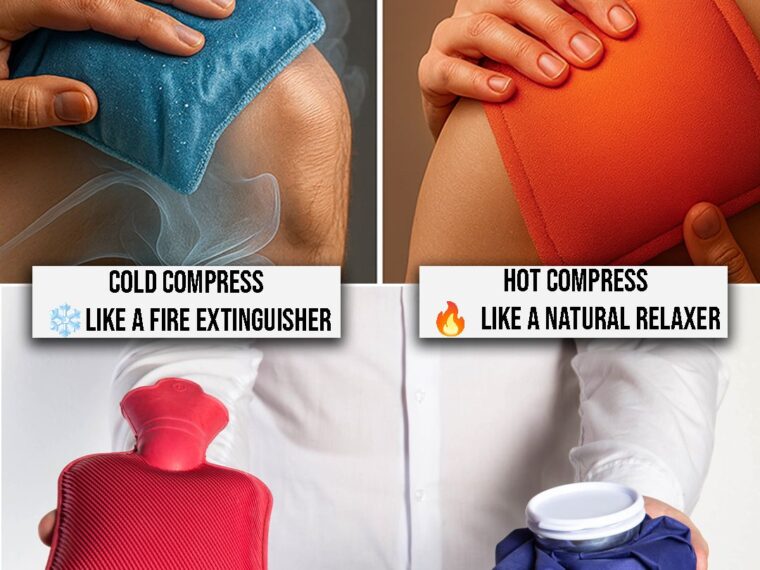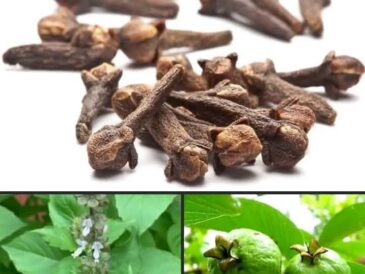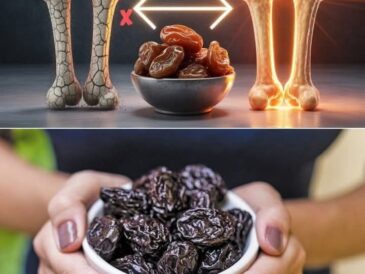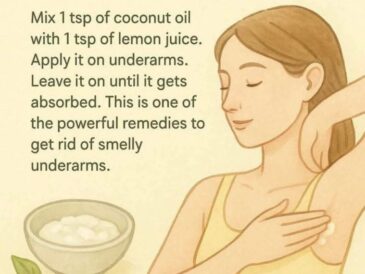When it comes to managing pain, swelling, or muscle stiffness, the debate between cold and hot compresses often arises. Understanding when and why to use each can significantly impact your recovery and comfort.
🔹 Cold Compress: The First Responder
How It Works
Cold therapy, or cryotherapy, involves applying temperatures below 15°C to an affected area. This induces vasoconstriction—narrowing of blood vessels—which reduces blood flow, swelling, and inflammation. It also numbs the area, providing immediate pain relief.
When to Use
Cold compresses are most effective within the first 48 hours after an acute injury, such as:
- Sprains and strains
- Bruises and contusions
- Tendonitis or bursitis
- Muscle spasms
For these conditions, cold therapy helps to:
- Reduce swelling and inflammation
- Numb the affected area to alleviate pain
- Limit tissue damage by slowing cellular metabolism
How to Apply
Use a cold pack, ice wrapped in a towel, or a bag of frozen vegetables. Apply to the affected area for 10–20 minutes every 1–2 hours during the initial 48 hours. Always place a cloth between the ice and your skin to prevent frostbite. urmc.rochester.edu
🔸 Heat Compress: The Muscle Soother
How It Works
Heat therapy, or thermotherapy, involves applying temperatures between 37°C and 40°C to an affected area. This induces vasodilation—widening of blood vessels—which increases blood flow, relaxes muscles, and promotes healing. It also helps to alleviate stiffness and improve flexibility.
When to Use
Heat compresses are beneficial for:
TO CONTINUE READING THE ARTICLE PLEASE SEE PAGE 2




